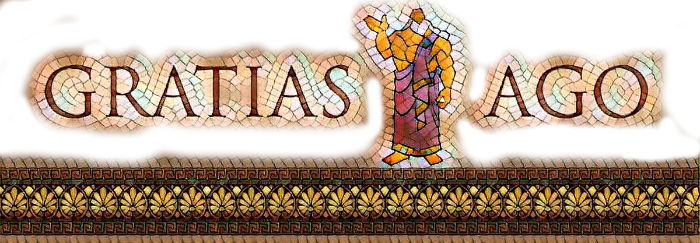
Today it is Dies Comitialis – almost the same as Dies FASTI, but these days are reserved for public gatherings of Romans – comitia. So, if your local community is going to appoint a gathering to discuss certain matters and make decisions – these days are just perfect for that!
It is the day before the Kalends of April.
It is the B nundial day – the 3rd before Nundinae – market day this year.
LVNAE – anniversary of the Temple of Luna on the Aventine. Luna is the divine embodiment of the Moon. She is often presented as the female complement of the Sun, Sol. Luna is also sometimes represented as an aspect of the Roman triple Goddess (diva triformis), along with Proserpina and Hecate. Luna is not always a distinct Goddess, but sometimes rather an epithet that specializes a Goddess, since both Diana and Iuno are identified as moon Goddesses. In Roman art, Luna attributes are the crescent moon plus the two-yoke chariot (biga). In the Carmen Saeculare, performed in 17 BC, Horace invokes Her as the “two-horned queen of the stars” (siderum regina bicornis), bidding Her to listen to the girls singing as Apollo listens to the boys. Varro categorized Luna and Sol among the visible Gods, as distinguished from invisible Gods such as Neptune, and deified mortals such as Hercules. She is one of the Deities Macrobius proposed as the secret tutelary of Rome. In Imperial cult, Sol and Luna can represent the extent of Roman rule over the world, with the aim of guaranteeing peace. Luna’s Greek counterpart is Selene. In Roman art and literature, myths of Selene are adapted under the name of Luna. The myth of Endymion, for instance, was a popular subject for Roman wall painting.











